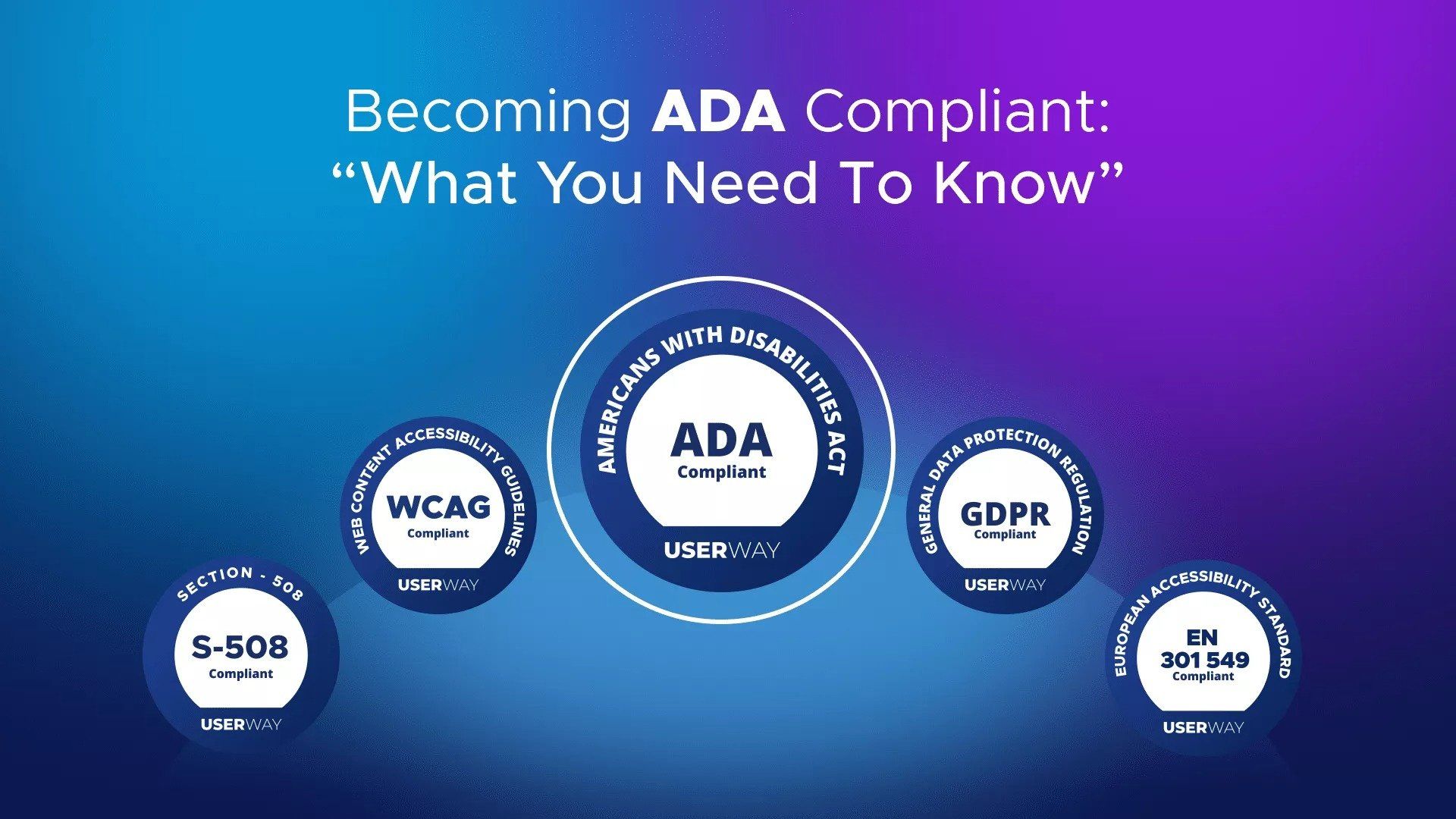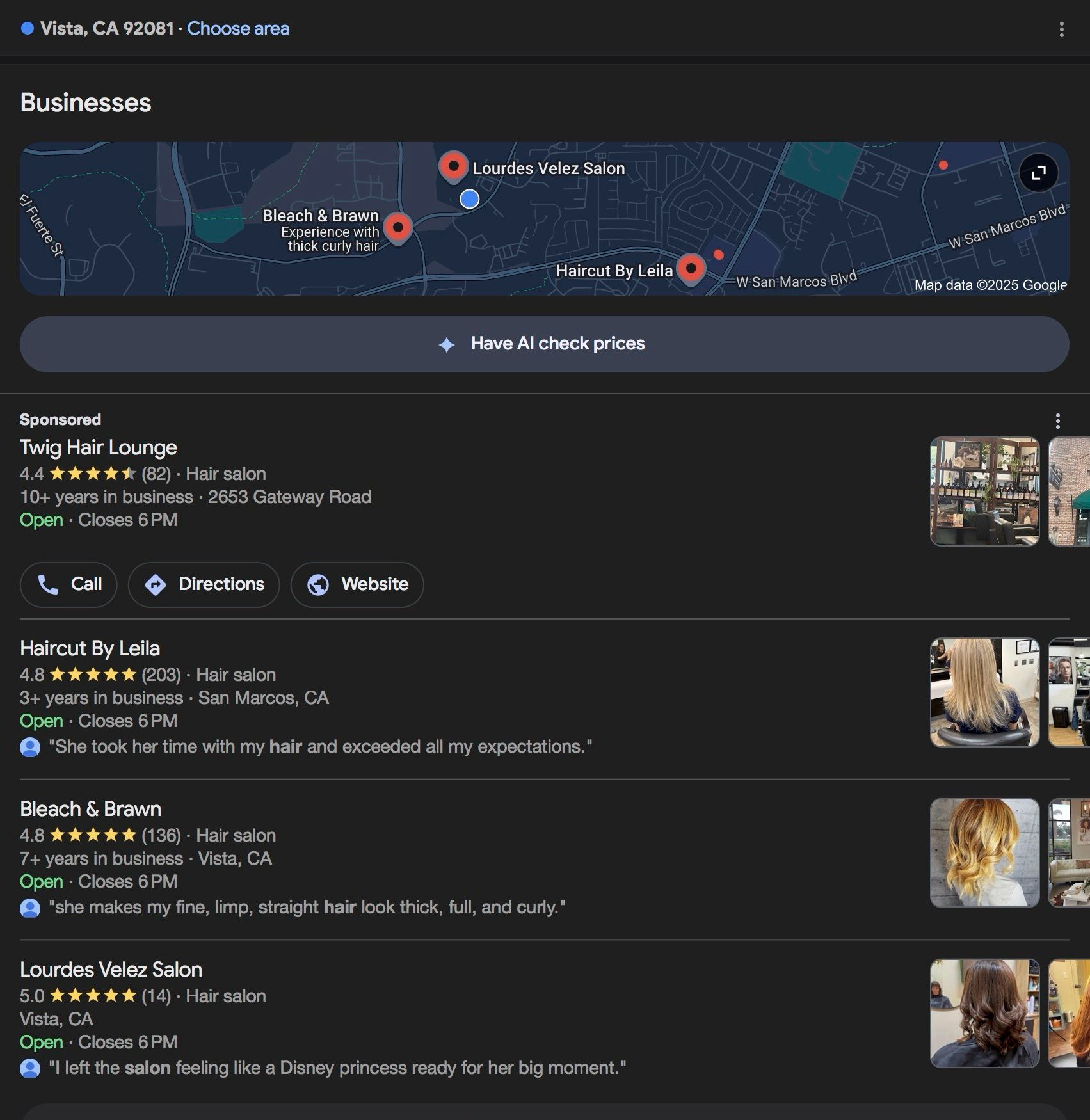Being ADA Compliant: What You Need to Know

The Americans with Disabilities Act (ADA) is a civil rights law that protects people with disabilities from discrimination. While websites and other digital content online are still not explicitly mentioned in the ADA, regulations and court orders show that the ADA does apply to web content.
Simply put, being ADA compliant means you have made your website accessible for everyone, regardless of their ability. Not complying means individuals with a disability such as a visual impairment can’t access your website as it’s intended – and leaves you vulnerable to potential lawsuits. With the right tools, the steps required to get compliant are easy whereas the consequences of being inaccessible are harsh.
If you own a website in the United States, there are some crucial reasons why you should get compliant as soon as possible.
The most important reason is that it’s the right thing to do. Many people throughout the world have a disability, visual or neuromotor, which may make them unable to use your website without the accommodation of it being built for a screen reader. Modern life is centered around the internet. If you can’t access the internet then studying, applying for a job, opening a bank account, or visiting a doctor may be impossible for someone with a disability.
Here are the facts when it comes to disability:
- 1 in 5 Americans have a disability.
- 80 million Europeans have a disability.
- Globally, more people are disabled than the number of the people who live in China.
Digital accessibility is a potential lifeline for disabled people all around the globe. It’s not morally right, and it’s not good business to have an inaccessible website especially when you consider that:
- 71% of customers with digital accessibility issues will leave a website if it isn’t accessible for them.
- 82% of customers will pay more money, even for the exact same item, on a competitor’s website if that website is more accessible.
- In 2021, it was estimated that e-commerce retailers lost $828m because they were not compliant with the ADA.
- Having an accessible website also has the potential to improve your website’s Search Engine Optimization (SEO) ranking.
Being ADA compliant means doing the right thing, while also improving your business through better clickthrough and more engagement on your site.
Not being ADA compliant is also a financial risk in the legal sense. Under US law, inaccessible website owners can be sued. If you’re sued and lose the case, you may be forced to pay potentially hundreds of thousands of dollars in damages and legal fees.
- The volume of ADA prosecutions has risen massively since 2010. In 2018, 2,200 lawsuits were filed in federal courts. By 2020, there were almost ten website-related ADA lawsuits filed per day.
- 77.6% of all accessibility lawsuits were online retailers in 2020.
- 21% of lawsuits are against companies who received web accessibility lawsuits in the past.
It’s not just small businesses who are at risk either. Huge corporations and household names like Domino’s Pizza, Edx, American Express, and Carnival’s Cruise have been sued and forced to pay hefty settlements. In 2020, US companies spent $6.625 billion on ADA settlements. Companies such as McDonald’s and Kmart have also settled cases outside of court.
Luckily, the steps you need to take to get compliant are easy.
UserWay’s Accessibility Solution takes all the hard work out of getting ADA compliant. GoBeRewarded is proud to include UserWay's on all our new websites. If you are concerned about your website being ADA compliant, reach out to us today.





